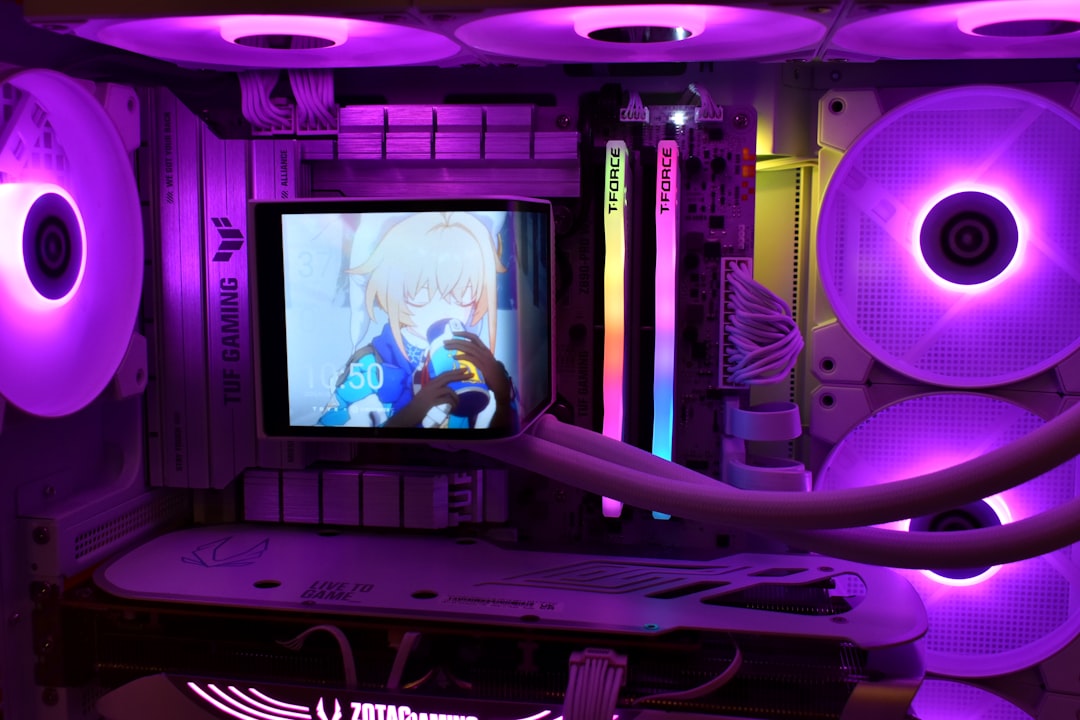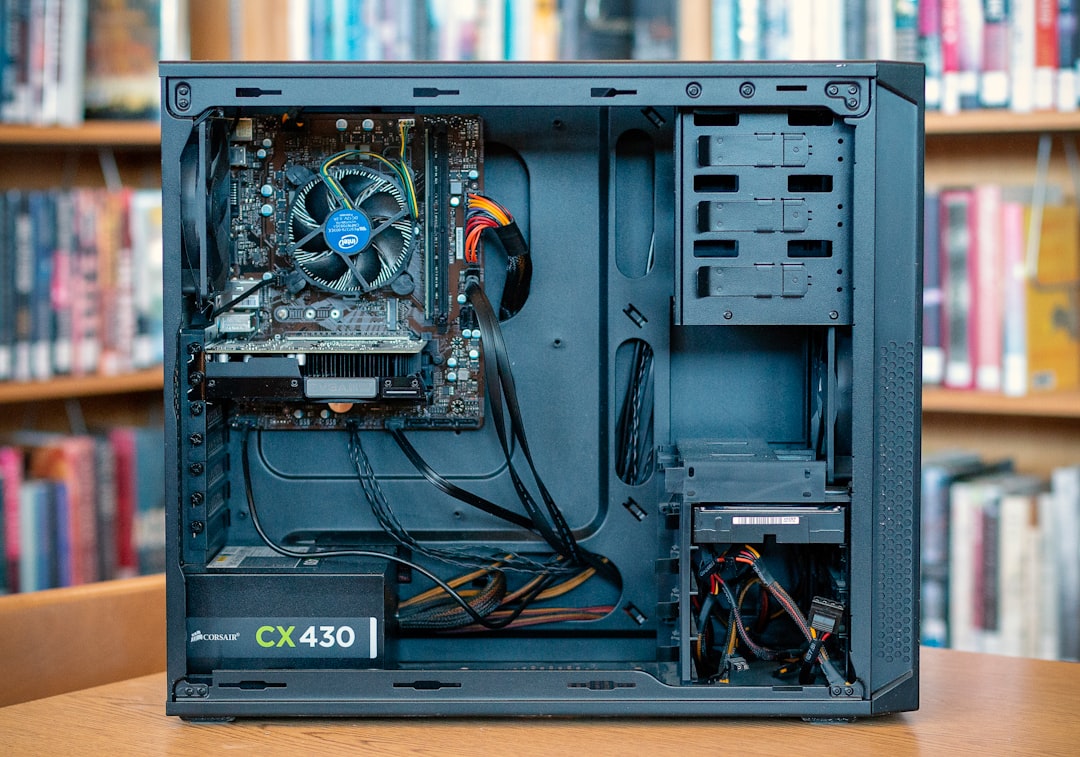So, you’ve fired up your PC, ready to soar above the clouds in Microsoft Flight Simulator. You can almost feel the yoke in your hands and the engines roaring. But then… nothing. The game doesn’t even open. Rude!
This is a very common issue and, guess what? It’s fixable. Let’s go through the steps to bring your simulator back to life—simple, fast, and fun.
TL;DR:
If Flight Simulator won’t launch, don’t panic. First, make sure your system is updated, and your graphics driver is fresh. Check file integrity through Steam or the Microsoft Store. If nothing works, try resetting or reinstalling the game.
Step 1: Check the Basics
Before diving into deep fixes, let’s make sure we haven’t missed something simple.
- Is your internet connection stable? This game loves internet.
- Did your PC just crash or update? That could be messing things up.
- Are you logged into the right account? Xbox Live account mismatches cause issues.
If all that checks out, move on!
Step 2: Update Everything
This is the part where Flight Simulator gets a little needy. It wants everything to be fresh and new.
- Update Windows: Go to Settings > Windows Update and click Check for updates.
- Update your GPU drivers:
- NVIDIA: Use GeForce Experience
- AMD: Use Radeon Software
- Update Microsoft Store or Steam: Make sure those are not buggy either.
Now, rerun the game. Still no launch? Let’s go deeper.
Step 3: Run as Administrator
This little trick works surprisingly often.
Right-click the Flight Simulator shortcut and choose Run as administrator.
If that does the trick—great! If not, read on.
Step 4: Repair or Reset the Game
Sometimes, files go haywire. Luckily, there’s a way to fix them.
If You’re on Microsoft Store:
- Go to Settings > Apps.
- Find Microsoft Flight Simulator.
- Click Advanced options.
- First, try Repair. If that doesn’t work, try Reset.
If You’re on Steam:
- Open your Steam Library.
- Right-click Flight Simulator > Properties.
- Go to the Local Files tab and click Verify integrity of game files.
This process can take a little while. Take a break and grab a snack!

Step 5: Turn Off Background Apps
Believe it or not, apps in the background can mess with your game launch.
Press Ctrl + Shift + Esc to open Task Manager. Look for apps that might interfere, like:
- Overlays (Discord, NVIDIA, Xbox Game Bar)
- Recording software (OBS, ShadowPlay)
- Antivirus programs (they can block launch files!)
End tasks that don’t need to be running right now.
Step 6: Clear the Rolling Cache
The rolling cache stores recent flight data, and it can get corrupted.
If you can get to the game’s settings before it crashes, clear the rolling cache from there. If you can’t:
- Navigate to: C:Users[YourName]AppDataLocalPackagesMicrosoft.FlightSimulator_8wekyb3d8bbweLocalCache
- Find the file called ROLLINGCACHE.CCC and delete it.
No worries—this file will regenerate when the game next launches.
Step 7: Disable Overclocking
Yes, overclocking is fun. Yes, it can also crash Flight Simulator.
If you’ve overclocked your CPU, GPU, or RAM, consider turning it off for a while. Use your motherboard’s BIOS to reset to default settings.
Try launching the game again with no added oomph.
Step 8: Check for Missing Dependencies
The game needs certain files to run properly. Here’s how to make sure they’re there:
- Download and install the latest Visual C++ Redistributables.
- Install the latest .NET Framework version.
- Ensure DirectX is up to date.
These packages help your system “speak the same language” as the game.
Step 9: Reinstall Flight Simulator
If all else fails, it’s time for the nuclear option.
Uninstall the game completely and then reinstall it from the Microsoft Store or Steam.
Make sure your internet is fast—it’s a chunky download!

Bonus Tips and Tricks
While you’re here, a few extra tips:
- Disable Fullscreen Optimizations: Right-click the .exe file, click Properties > Compatibility, and check the box.
- Try a Clean Boot: This loads only the basics. Google “clean boot Windows” for your version.
- Check Event Viewer: You can open this app and look for crash logs. Search for errors under Application logs.
You’re Back in the Cockpit!
Hopefully, one of these steps brought your simulator back to life. There’s nothing quite like gliding above the Alps or flying into JFK at sunset.
Remember: Flight Simulator is demanding. A little patience and maintenance go a long way. Keep your system updated, manage your background apps, and treat your sim like a real aircraft—it needs care!
Now, go take off. The skies are waiting 🛫
